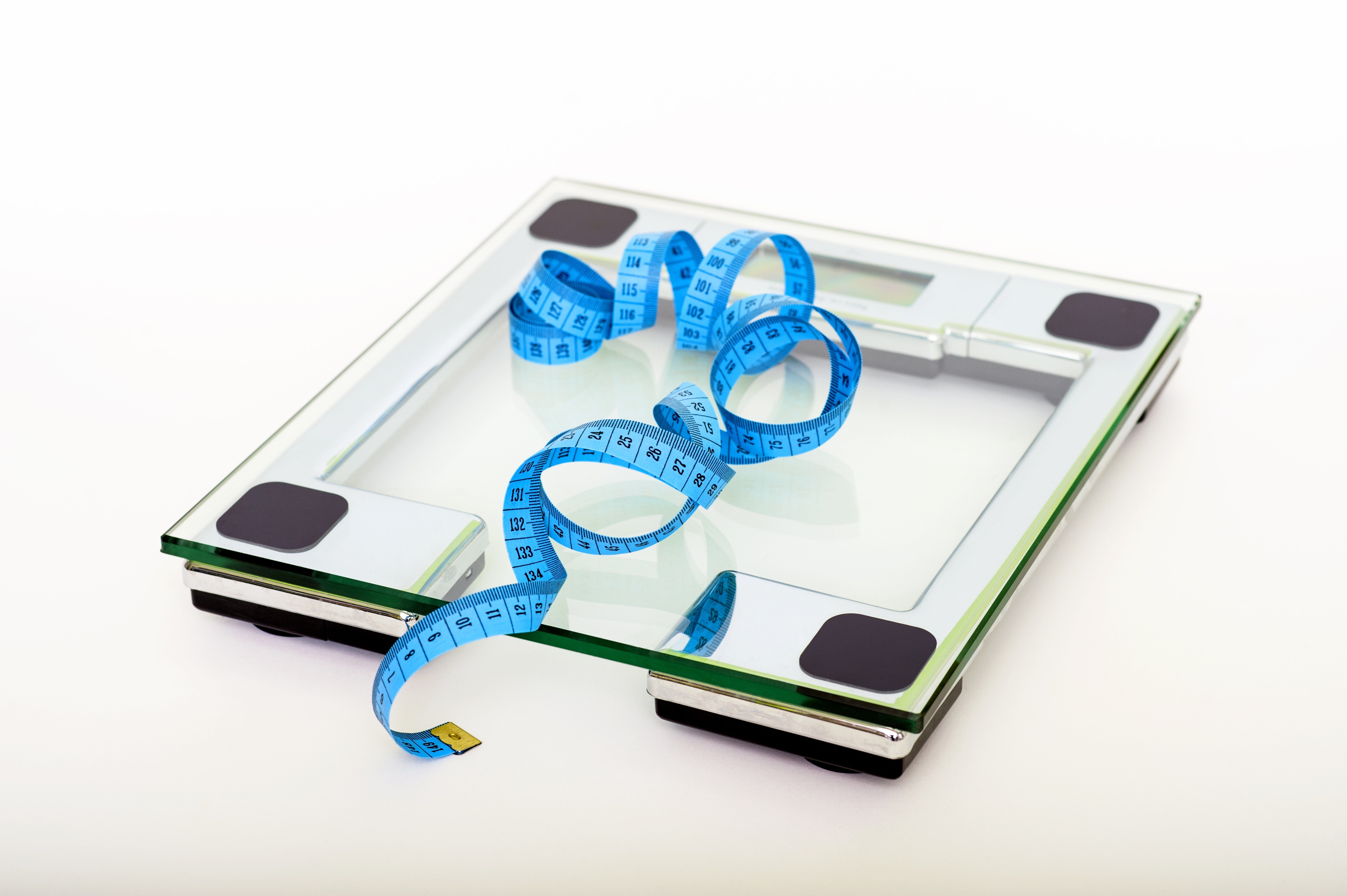Weight

Being overweight can often cause high blood pressure, and is linked to high cholesterol. If you eat too much this can also cause problems with your blood glucose. So, maintaining a healthy weight will have a positive impact on health.
At your diabetes clinic you will be weighed regularly and your Body Mass Index, or BMI, will be worked out. BMI is your weight in kilograms divided by your height in metres squared.

BMI is not the best measure for people who do a lot of exercise and are very muscular as muscle is denser than fat and it may give a falsely high BMI. A better indication is your waist measurement – this not only shows whether you are generally overweight but carrying too much weight around your middle also means that you are at risk of developing other health problems, such as certain cancers. See the NHS website for more information on BMI.
Have a look at the charts below to see the ranges for BMI and waist measurement:

The ideal waist measurement for men is below 94 cm (37 inches), or below 90 cm (35.4 inches) for higher-risk ethnic groups such as Asians. For women, it is below 80 cm (31.5 inches).



Leave a Reply
You must be logged in to post a comment.